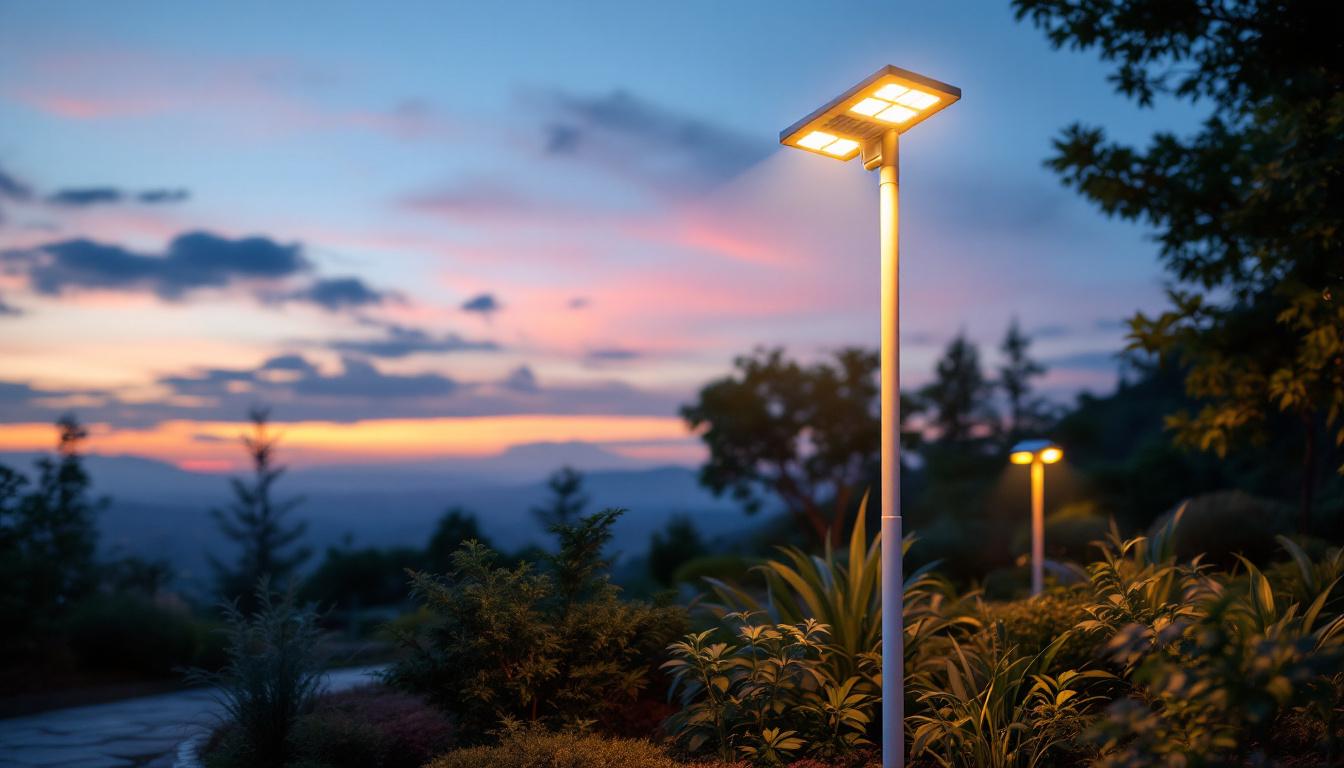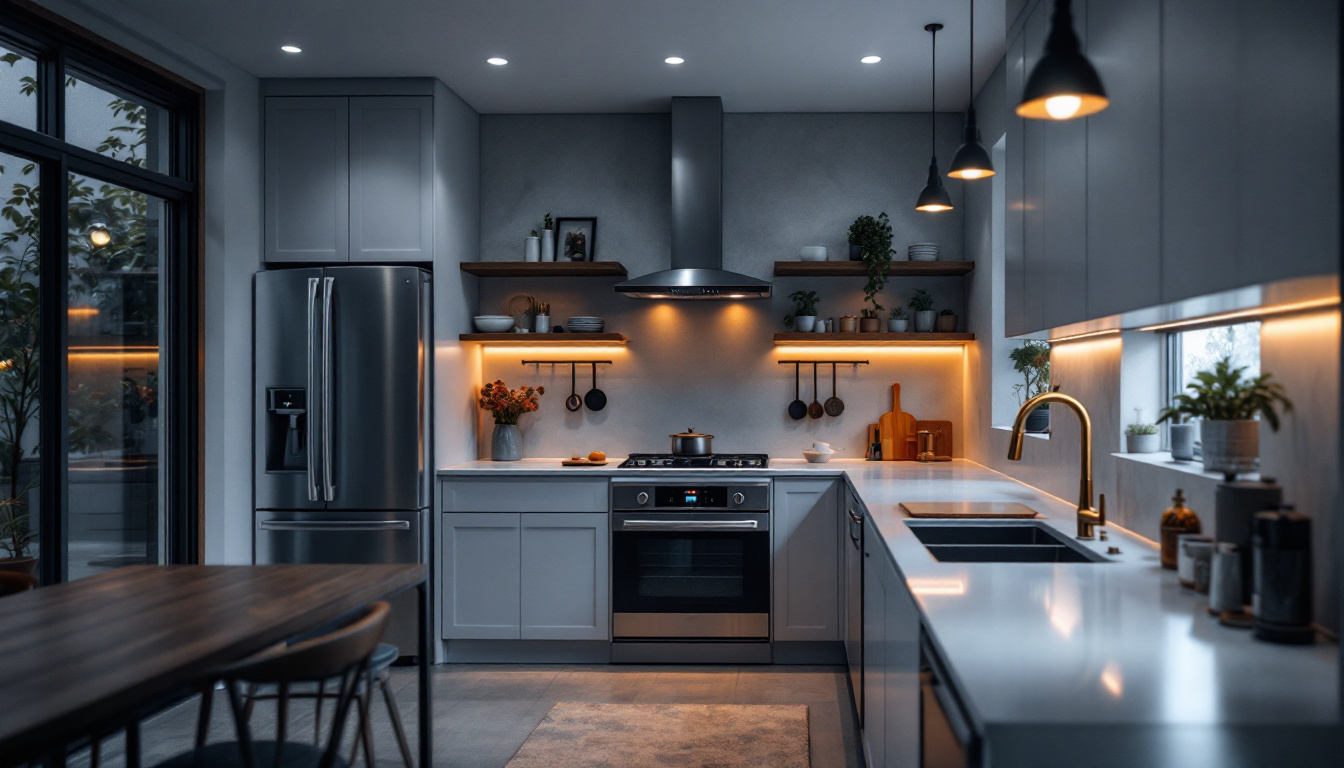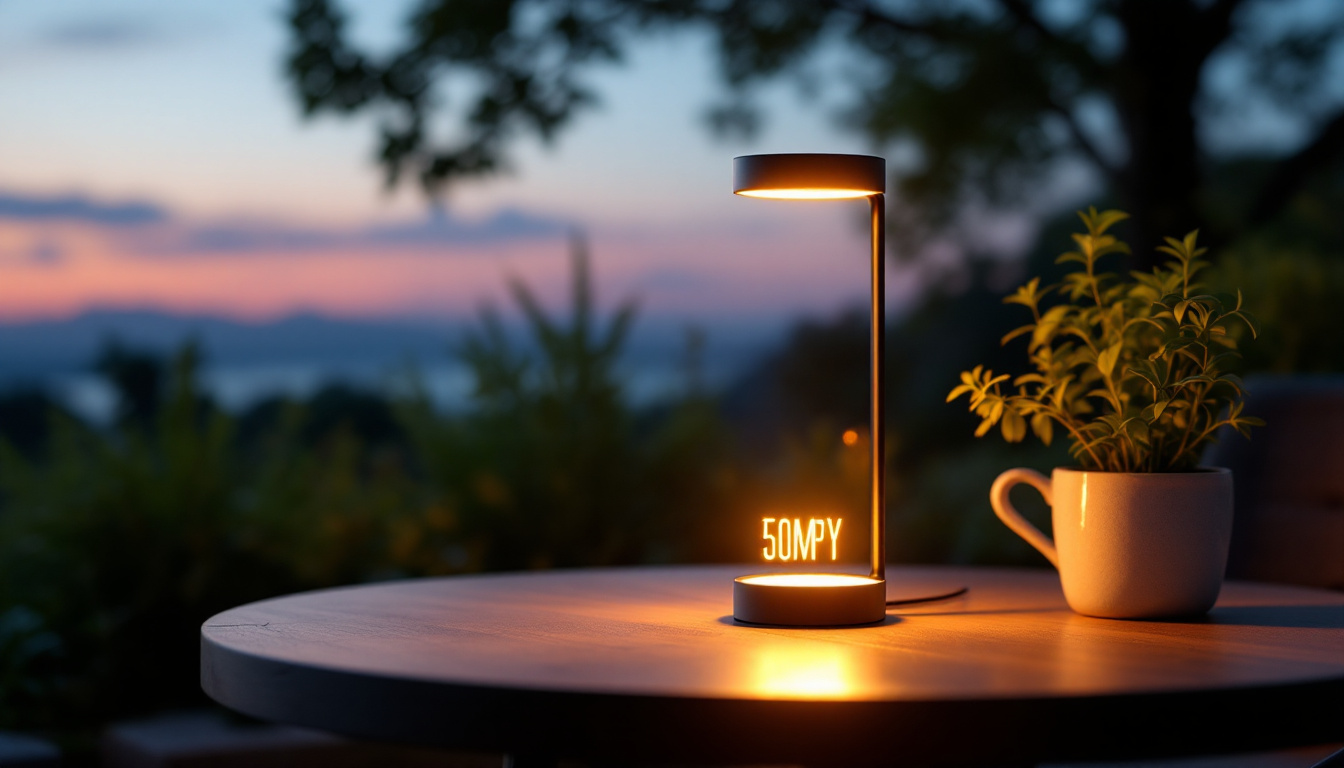
In the ever-evolving landscape of the lighting industry, understanding the significance of lighting solutions in America is crucial for lighting contractors. The demand for innovative and efficient lighting systems is on the rise, driven by technological advancements, sustainability efforts, and a growing emphasis on aesthetic appeal. This article delves into the various aspects of American lighting, exploring its importance to lighting contractors and the broader implications for the industry.
The journey of lighting in America has been marked by significant technological advancements and shifts in consumer preferences. From the early days of gas lamps to the introduction of electric lighting, the industry has undergone a transformation that continues to shape its future.
To appreciate the current state of lighting in America, it is essential to understand its historical context. The transition from gas to electric lighting revolutionized how spaces were illuminated, leading to the development of more efficient and versatile lighting solutions. This evolution has paved the way for modern innovations such as LED technology, smart lighting, and energy-efficient systems. In the late 19th century, the widespread adoption of electric lighting not only changed the way homes and businesses were illuminated but also influenced social behaviors, extending productive hours into the night and altering the dynamics of urban life.
Innovations in lighting technology have played a pivotal role in enhancing the quality and efficiency of lighting solutions. The introduction of LED lights has not only reduced energy consumption but also extended the lifespan of lighting fixtures. Furthermore, advancements in smart lighting systems allow for greater control and customization, enabling contractors to offer tailored solutions that meet the specific needs of their clients. These systems can be programmed to adjust brightness based on the time of day or occupancy, contributing to energy conservation and creating a more comfortable living environment. Additionally, the integration of IoT (Internet of Things) technology into lighting systems has opened up new possibilities for automation and remote management, making it easier for users to control their lighting from anywhere, whether through smartphones or voice-activated devices.
As energy costs continue to rise and environmental concerns become more pressing, energy efficiency has emerged as a top priority for both consumers and contractors. Lighting contractors are in a unique position to influence energy consumption patterns through their choices of products and solutions. By adopting energy-efficient practices, they can significantly reduce operational costs for their clients while also contributing to a more sustainable future. This dual benefit makes energy efficiency not just a trend, but a necessity in today’s market.
With the increasing emphasis on sustainability, various regulations and standards have been implemented to promote energy-efficient lighting. Contractors must stay informed about these regulations to ensure compliance and avoid potential penalties. Understanding the nuances of energy codes and standards can also provide contractors with a competitive edge in the marketplace. For instance, familiarity with the latest Energy Star ratings or the requirements set forth by the Department of Energy can help contractors recommend products that not only meet but exceed these standards, thereby positioning themselves as leaders in the industry.
Clients are increasingly seeking sustainable lighting solutions that align with their values. By offering energy-efficient products and systems, lighting contractors can not only meet client expectations but also contribute to broader environmental goals. This alignment with sustainability can enhance a contractor’s reputation and lead to increased business opportunities. Furthermore, many clients are now looking for comprehensive solutions that go beyond mere product offerings; they want contractors who can provide insights into energy audits, long-term savings projections, and the overall environmental impact of their choices. By engaging in these discussions, contractors can foster deeper relationships with their clients, ultimately leading to repeat business and referrals.
Moreover, as technology continues to evolve, the landscape of energy-efficient lighting is rapidly changing. Innovations such as smart lighting systems and IoT-enabled devices are gaining traction, allowing for even greater energy savings and enhanced user experiences. Contractors who stay ahead of these trends and integrate cutting-edge technologies into their projects can not only optimize energy use but also offer clients a glimpse into the future of lighting. This proactive approach not only solidifies a contractor’s position in the market but also empowers clients to make informed decisions that reflect their commitment to sustainability.
Lighting design trends are constantly evolving, reflecting changes in consumer preferences and lifestyle choices. For lighting contractors, staying abreast of these trends is essential for delivering relevant and appealing solutions. As homeowners seek to create personalized environments, the role of lighting becomes even more pivotal in shaping the mood and functionality of a space.
Modern lighting design emphasizes the integration of aesthetics with functionality. Clients are looking for lighting solutions that not only illuminate spaces effectively but also enhance the overall design. Lighting contractors must be adept at selecting fixtures that complement the architectural features of a space while providing adequate illumination. This trend has led to a rise in the popularity of statement lighting pieces, such as oversized chandeliers and sculptural fixtures, which serve as focal points in a room. Additionally, the use of layered lighting—combining ambient, task, and accent lighting—allows for greater versatility and adaptability in various settings, catering to the diverse needs of homeowners.
The rise of smart home technology has significantly influenced lighting design. Consumers are increasingly interested in lighting systems that can be controlled remotely, adjusted for ambiance, and programmed for energy efficiency. Contractors who can navigate the complexities of smart lighting installations will be well-positioned to meet this growing demand. Furthermore, the integration of smart lighting with home automation systems enables users to create customized lighting scenes for different activities, from movie nights to dinner parties. This seamless blend of technology and design not only enhances the user experience but also promotes sustainability, as many smart lighting solutions are designed to reduce energy consumption through advanced features such as motion sensors and dimming capabilities. As smart technology continues to advance, lighting contractors must stay informed about the latest innovations to offer cutting-edge solutions that appeal to tech-savvy clients.
Lighting contractors play a vital role in the lighting ecosystem, serving as the bridge between manufacturers and consumers. Their expertise is crucial in guiding clients through the selection and installation process, ensuring that the final product meets both functional and aesthetic requirements.
One of the primary responsibilities of lighting contractors is to provide consultation and design services. This involves assessing the unique needs of each client, understanding the specific requirements of the space, and recommending appropriate lighting solutions. By offering personalized service, contractors can build trust and foster long-term relationships with clients.
Beyond design, the installation and maintenance of lighting systems are critical components of a contractor’s role. Proper installation ensures that lighting solutions perform optimally and meet safety standards. Additionally, offering maintenance services can help contractors establish ongoing relationships with clients, leading to repeat business and referrals.
While the lighting industry presents numerous opportunities, it is not without its challenges. Lighting contractors must navigate a variety of obstacles to succeed in a competitive landscape.
Supply chain disruptions can significantly impact the availability of lighting products and materials. Contractors must be proactive in managing their supply chains, establishing relationships with reliable suppliers, and staying informed about market trends. This agility can help mitigate the effects of shortages and ensure timely project completion.
The lighting industry is characterized by intense competition, with numerous contractors vying for the same clientele. To stand out, contractors must differentiate themselves through exceptional service, innovative solutions, and a strong online presence. Building a solid brand reputation can help attract new clients and retain existing ones.
As the lighting industry continues to evolve, several trends and developments are expected to shape its future. Lighting contractors must remain adaptable and forward-thinking to capitalize on these changes.
The push for sustainability is likely to intensify, with consumers and businesses prioritizing eco-friendly lighting solutions. Contractors who embrace sustainable practices and offer energy-efficient products will be well-positioned to thrive in this changing landscape. This includes staying informed about emerging technologies and materials that promote sustainability.
The integration of the Internet of Things (IoT) and smart technologies into lighting systems will continue to transform the industry. Contractors will need to develop expertise in these areas to provide clients with cutting-edge solutions that enhance convenience and efficiency. This may involve ongoing training and education to stay abreast of the latest advancements.
In conclusion, the significance of lighting in America cannot be overstated, particularly for lighting contractors. As the industry evolves, contractors must adapt to changing technologies, consumer preferences, and regulatory requirements. By embracing energy efficiency, staying informed about design trends, and navigating challenges effectively, lighting contractors can position themselves for success in a dynamic marketplace.
Ultimately, the future of lighting in America holds immense potential for those who are willing to innovate and invest in their skills. By understanding the importance of lighting and its implications for the industry, contractors can not only meet the needs of their clients but also contribute to a more sustainable and aesthetically pleasing built environment.
Ready to elevate your lighting game and lead the way in America’s dynamic lighting industry? Look no further than LumenWholesale for all your lighting needs. We provide lighting contractors with the highest quality, spec-grade lighting products at prices that can’t be beaten. Say goodbye to local distributor markups and hello to our extensive selection that meets the most rigorous industry standards. With free shipping on bulk orders, LumenWholesale is your go-to source for premium lighting solutions that blend quality, affordability, and convenience seamlessly. Don’t miss out on the best value for wholesale lighting—explore our collection today and bring unparalleled efficiency and style to your projects.

Discover innovative strategies used by smart lighting contractors to enhance outdoor spaces with solar pole lights.

Discover how recessed lighting can transform your kitchen into a safer and more efficient space.

Discover the essentials of compliance for lighting contractors with our comprehensive guide on connectors.

Discover the science behind solar-powered table lamps and their transformative potential for lighting contractors.